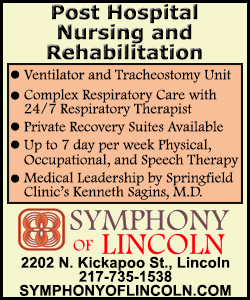|
 Without communication and coordination among these team members,
“efforts to rehabilitate the stroke survivor are unlikely to achieve
their full potential,” the authors write in the journal Stroke. Without communication and coordination among these team members,
“efforts to rehabilitate the stroke survivor are unlikely to achieve
their full potential,” the authors write in the journal Stroke.
“The very first post-stroke rehab guidelines were published in
1995,” but these are the first commissioned by the AHA in
collaboration with the ASA, said lead author Carolee J. Winstein,
professor of biokinesiology and physical therapy at the University
of Southern California-Los Angeles.
“A lot of the focus has been on how do we deal with this single
event in the early stages, getting people to the ER quick enough to
bust those clots,” Winstein told Reuters Health. “Many still end up
with residual disability for the rest of their lives, and rehab
after this event needs to be treated as a chronic disease,” she
said.

“It’s very important for future life, the quality of life, and
independence,” she added.
The new scientific statement also recommends that stroke patients
not be discharged from the hospital until they have taken part in a
structured fall-prevention program. It should include home safety
measures like removing throw rugs and improving lighting, minimizing
the fall risk that results from the side effects of medication and
training in the safe use of wheelchairs, walkers and canes.
Patients should also receive mobility-task training, a tailored
exercise program, and engage in cognitive activities like using a
computer, reading and listening to music.
“Basically rehab needs to get people on the right track and educate
them and their families about what they can do to reduce the risk of
a second stroke and to engage in meaningful activities,” Winstein
said.
Inpatient rehab includes a multidisciplinary team working together
on medical, physical, occupational, neuropsychological and speech
therapy, and patients can focus on eye exercises, balance training
or other areas based on their needs, she said.
[to top of second column] |

“You have a team working with you and your family, and you don’t get
that in a skilled nursing facility,” she said.
Inpatient therapy requires a minimum of three hours of therapy per
day, and not every stroke patient will be able to handle that
workload initially, Winstein said.
“If you don’t have that endurance at this point you could go to a
skilled nursing facility with the goal of building up your endurance
and then be reevaluated for an inpatient rehab unit,” she said.
Most insurance, including Medicare, covers inpatient rehab when
recommended by a physician, she said.
“The evidence says you get better outcomes if you get your rehab at
an inpatient facility,” Winstein said.
SOURCE: http://bit.ly/1j5r0UV Stroke, online May 4, 2016.
[© 2016 Thomson Reuters. All rights
reserved.] Copyright 2016 Reuters. All rights reserved. This material may not be published,
broadcast, rewritten or redistributed.

 |